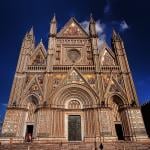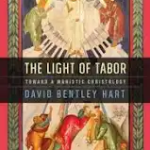Barth brilliantly notes the links between Zizendorf, the quest, and the cult of the sacred heart of Jesus. All, he claims, involve a devotion to the human nature of Jesus as such. Zizendorf’s preaching showed “peculiar interest in the creaturely sufferings of Christ.” And “we have here the precursor in method of the rationalistic portraits of Jesus later in the century.” And, “this undertaking finds its exact material and historical parallel in the Heart of Jesus cult,” which made the... Read more














